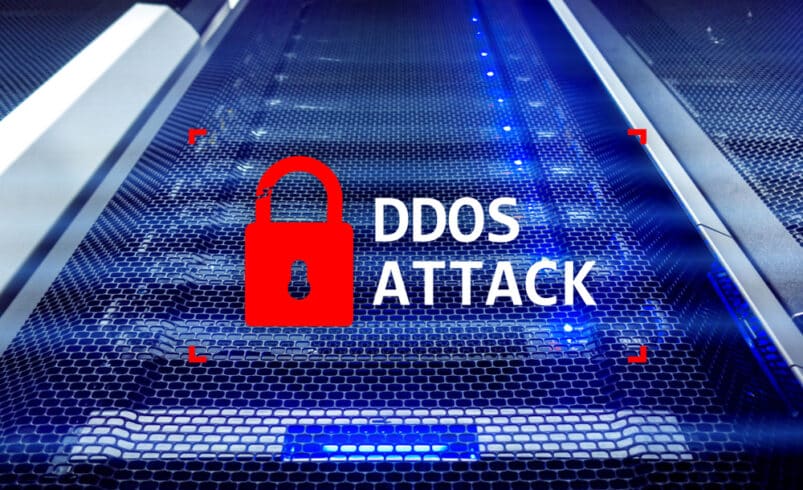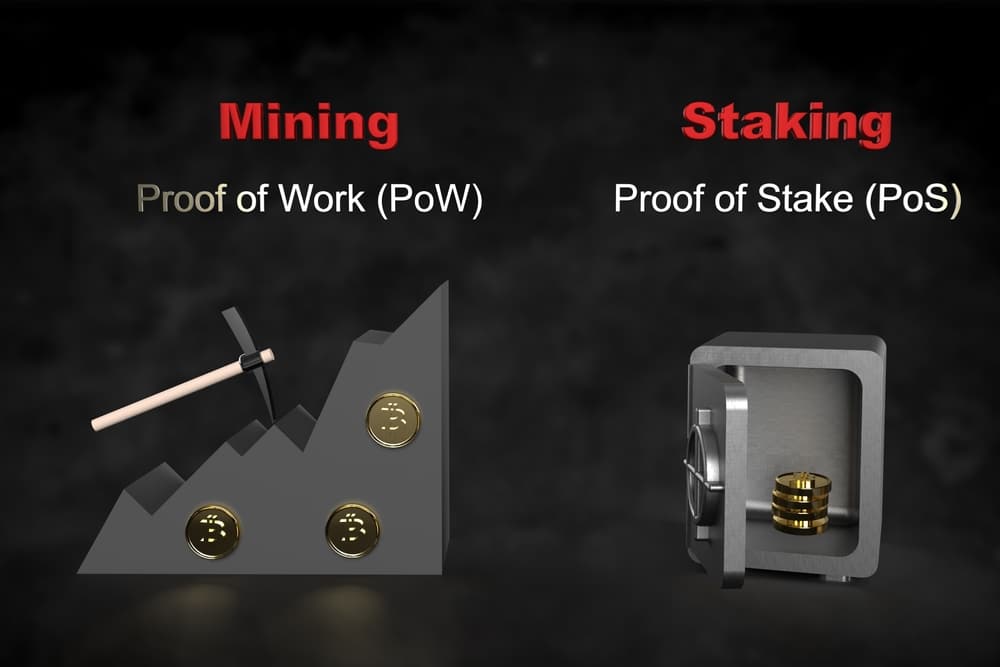A Detailed Guide to Understanding Block Finality in Crypto

Block finality is critical to blockchains in improving transactional safety within distributed cryptocurrency networks.
After a transaction is correctly processed in a financial system, the possibility of reversal must be low to none. Nevertheless, this does not apply to traditional finance.
On the contrary, blockchain systems aim to reduce this inconsistency via block finality. This guide explains block finality by showing how it functions and its implications for blockchain networks.
Block Finality Explained
Block finality is irreversibility following the confirmation and addition of a transaction to a block in a blockchain network. At this stage, a transaction is considered ultimate and can not be changed.
Blockchain finality is vital in blockchain consensus protocols but is not always immediate. It works together with latency in blockchain networks.
This indicates the finality rate of a blockchain is robustly associated with its level of latency, which evaluates the duration between providing a valid transaction and its final verification on-chain.
Understanding Block Finality Mechanism
Blockchain finality is attained differently in proof-of-stake (PoS) and proof-of-work (PoW) platforms. For proof-of-work chains such as Bitcoin, finality is attained via a distributed harmony process that utilizes the following ‘longest’ chain instruction.
A miner can broadcast the same block concurrently during mining, resulting in several chains. In this instance, the main chain will be separated into various forks, making it hard to establish the original ones.
The two forks continue validating and adding new blocks. Nevertheless, one chain becomes the longest after validating a block before the other.
Later, the longest chain is accepted as having the most valid blocks linked to it, while transactions mined on the shorter chains are discounted. Nevertheless, transactions in the rejected chain are possibly incorporated in other blocks on the longer chains, attaining block finality.
In PoS chains, block finality varies between various PoS implementations. For instance, Casper FFG involves an Ethereum PoS implementation that attains finality by unveiling validators to verify each chain’s validity after every 100 blocks.
A block’s finalization happens following the ratification of 66% of all validators. The Cosmos network utilizes Tendermint, which attains finality when any block attains more than 66% of the pre-commits or pre-votes.
Types of Blockchain Finality
Economic Finality
Economic finality entails the attainment of finality via financial incentives. The concept behind this is that it becomes quite costly for a person to revert transactions.
It is closely associated with PoS networks where validators should stake a specific amount of security or crypto. Any malevolent action could result in financial interest loss.
Probabilistic Finality
This is the likelihood that the odds are low for a transaction to be reversed with more blocks included in a chain. It is attained when a transaction is in a block mined and incorporated in the longest chain.
It is common in several PoW blockchains, such as Bitcoin.
Absolute Finality
It is the highest finality level. After a transaction is broadcast on-chain, the possibility of being reversed or tampered with is zero.
Blockchain protocols like Stellar and Ripple attain absolute finality by utilizing federated consensus. This consensus depends on trusted validators to verify blocks and safeguard the network.
Instant finality
This is when a transaction is broadcasted on a network, immediately verified, and made irreversible on-chain. Its attainment is complicated and needs fundamental alterations in how blockchain platforms execute consensus and transactions.
Understanding How Finality Impacts Blockchain Networks
Blockchain finality is a fundamental element of blockchain’s stability and reliability. Finality ensures transaction validity and irreversibility, averting the problem of double-spending by recording the valid transaction on-chain. Thus, this digital asset is considered utilized and cannot be reused.
Finality is critical for smart contract deployment. Smart contracts include the agreement information between transacting parties in their self-executing codes. Finality ensures the predictability and irrevocability of the contracts’ outcomes.
Final Thoughts
Blockchain finality is blockchain technology’s foundation and is critical for the success of crypto transactions. With the evolvement of blockchain technology, attaining secure and quick finality will be vital for future developments.
Zone Crypto Invest provides exposure for numerous crypto businesses, and we invite you to join our community! Connect with us through our Telegram chat for any questions. Given the volatile nature of cryptocurrencies, always conduct thorough research before investing. Many articles on our website are sourced from guest writers or are paid content, and they might not reflect the views of Zone Crypto Invest's internal team. The opinions in these pieces may not always coincide with Zone Crypto Invest's stance. We do not vouch for the accuracy, quality, promotions, or any other aspects showcased on our platform. Please refer to our detailed terms of service and disclaimer for further information.








